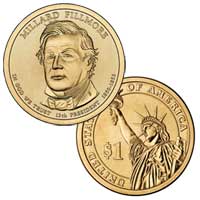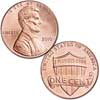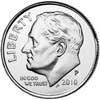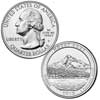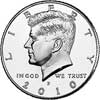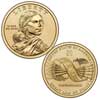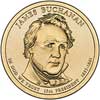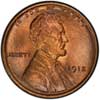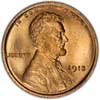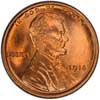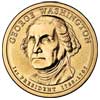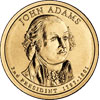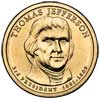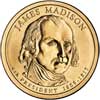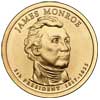Millard Fillmore, the 13th U.S. President, was born in a log cabin on January 7, 1800, in Locke (now Summerhill), N.Y. The second of nine children, he worked on his father's farm as a boy and became an indentured apprentice to a cloth maker as a teenager. After studying with a county judge, he began to practice law in 1823. In 1828 Fillmore entered politics, serving as a New York state assemblyman and later in the U.S. House of Representatives, where he chaired the powerful Committee on Ways and Means. While comptroller of New York, he was elected to serve as President Zachary Taylor's vice president in 1848 as a Whig. Upon Taylor's death in July 1850, Fillmore became President.
While Fillmore was in office, Congress passed the Compromise of 1850, a package of stop-gap measures which effectively postponed the Civil War for a decade. He also ordered Commodore Matthew C. Perry to lead a naval expedition in 1852 to convince Japan's shogunate government to open relations with the U.S. This paved the way for the 1854 Treaty of Kanagawa, the first between the two countries, thus ending Japanese isolationism.
After two unsuccessful bids for election to the presidency in his own right, he retired to Buffalo, N.Y. In 1862 former President Fillmore was named the first chancellor of the University of Buffalo, now the State University of New York at Buffalo. He died in Buffalo on March 8, 1874.
Mintage:
| Philadelphia | Denver | Proof |
| 37,520,000 | 36,960,000 | 2,224,827 |
